Anne-Marie McKee | A few Thin things
Hi, Anne-Marie here,
I’m going to show some of the writers, mappers, musicians and artists that orbit around why I am investigating Thin Places and how I got here. It is a list that changes often, …. here is where it is at today:


TIM ROBINSON
A mapper, artist, mathematician, nature writer who was well known for his series of hand drawn maps of The Burren, Connemara and Aran Islands on the west coast of Ireland. Hugely respected and valued by mountaineers, and ecologists and anyone who wants to be in the hills, the maps are works of art. I have had a copy of his Burren map (1999) since my first days as a botanist in Galway in the 1990’s, and I remember being struck that he drew where he had encountered foxes, or stories about foxes (see just below BALLYHEHAN on the map in top photo). I was a hard core scientist then, an earnest environmentalist and this anomaly of mapping an experience struck me then and stayed with me, as an opening.

CIARA HEALY
I first encountered Ciara Healy‘s work when I was with 126 Artist-run Gallery in Galway around 2013. Ciara was doing a PhD on Thin Places at UWE Bristol (2016). Ciara’s thinking was that if Thin Places were physical places where it was easy to cross between two or more worlds; and if you could extend the term worlds, to include belief systems, or philosophies, or creative traditions, narratives, experiences, scientific worldview or historical periods; then Thin Places as a curatorial concept was important to investigate. Ciara noticed in the practices of many artists in the West of Ireland a willingness to experience place as a multiverse. This stuck with me. And it seems now to me to be a methodology where I can let my Botanical bits be.
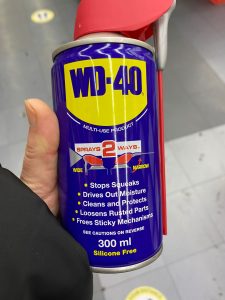
THE OTOLITH GROUP
I love this work, Medium Earth, (2013) by The Otolith Group. Part of it considers earth psychics, people connected physically to the earth in such as way that they manifest pain or headaches or specific symptoms in advance of earthquakes or volcanic eruptions.
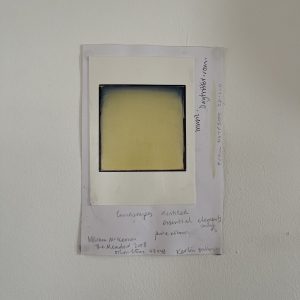
A Tyrone artist, whose work influences me a lot, in terms of looking, landscape and colour.
This is a radio show so good, Cian O’Caobhain has done this for years, he ran 110th club in Galway. Very good studio music for me.
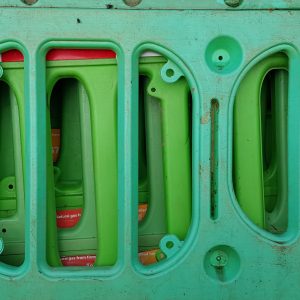
I discovered this recently,… an artist and a filmmaker talk metaphysical knottiness, philosophy, science, magic and all gappy bits and sequeways in many dimensions… and there is never not something interesting here.
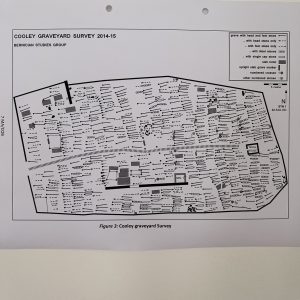

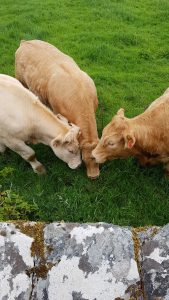
The Bernician Studios Group are archaeologists investigating different sites in Inishowen, and one of the places they are investigating is Cooly, just above Moville, Co. Donegal. The map above is from the graveyard, showing the graves visible on the surface. The site itself seems to have a history much much older than the monastic settlements of the fifth and sixth centuries.
There is a SKULLHOUSE in the graveyard, a small beehive building, an ossuary…and everything else seems to be arranged with respect to the skull house. Cooly is one of my thin places. It is also a favourite scratching post for bullocks.
Anne-Marie McKee
